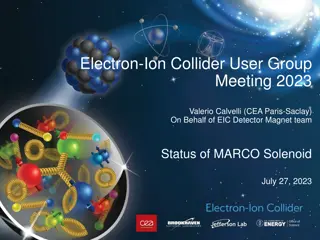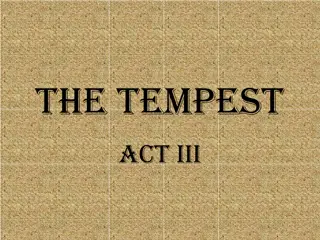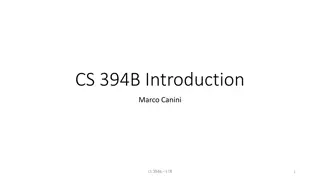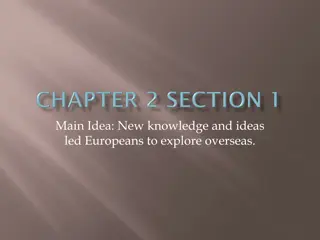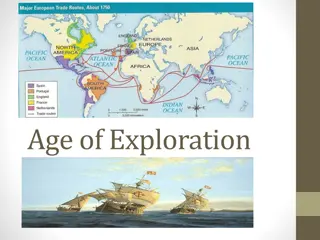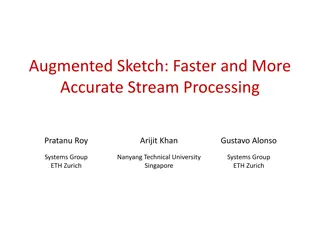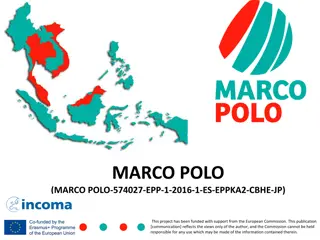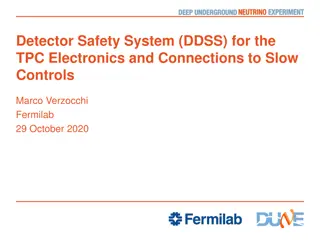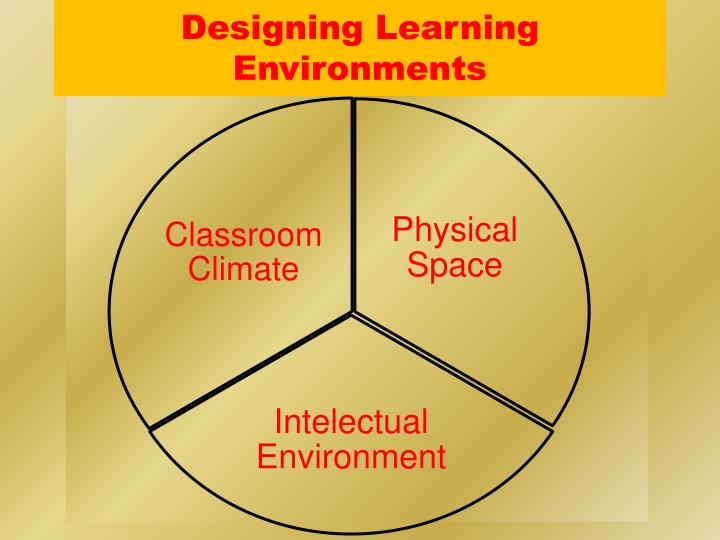
Creating Effective Learning Environments: Physical and Intellectual Spaces
Explore the significance of physical and intellectual environments in learning spaces, focusing on instructional strategies, student engagement, and environmental design principles. Discover how different environments impact learning outcomes and student interactions, with insights from educational pioneers like Montessori. Address common challenges in spatial organization and material arrangement. Emphasize the role of student-centered activities in promoting engagement and intellectual growth. Bibliography includes resources on teaching with technology for enhanced learning opportunities.
Download Presentation

Please find below an Image/Link to download the presentation.
The content on the website is provided AS IS for your information and personal use only. It may not be sold, licensed, or shared on other websites without obtaining consent from the author. If you encounter any issues during the download, it is possible that the publisher has removed the file from their server.
You are allowed to download the files provided on this website for personal or commercial use, subject to the condition that they are used lawfully. All files are the property of their respective owners.
The content on the website is provided AS IS for your information and personal use only. It may not be sold, licensed, or shared on other websites without obtaining consent from the author.
E N D
Presentation Transcript
Designing Learning Environments Physical Space Classroom Climate Intelectual Environment
Physical Space Learning environments are instructional strategies. All learning take places in a context. The environment send message, learners respond . Teacher observe students, then modify or redesign . 1 Loughlin and Suina (1982), 2 Montessori (1912)
Physical Space Boxlike : Communication Teacher-student, not student-student.
Physical Space Little student movement: Learning as an individual act.
Physical Space Flexible movement: Social nature of learning.
Physical Space Categories of environment problems 1.- Commission Inappropriate spatial organization. Inadequate or poorly arranged materials. 2.- Omission Desired learning that does not occur. 3 Loughlin and Suina (1982)
Intellectual Environments Promote engagement through student- centered activities. We must recognize that various environments make some activities easier or more difficult. As more intellectual learning tools we use the more intellectual activity for students.
Bibliography Priscilla Norton & Karin M. Wiburn Teaching with Technology (Designing Oportunities to Learn) Second Edition Pictures by Google

